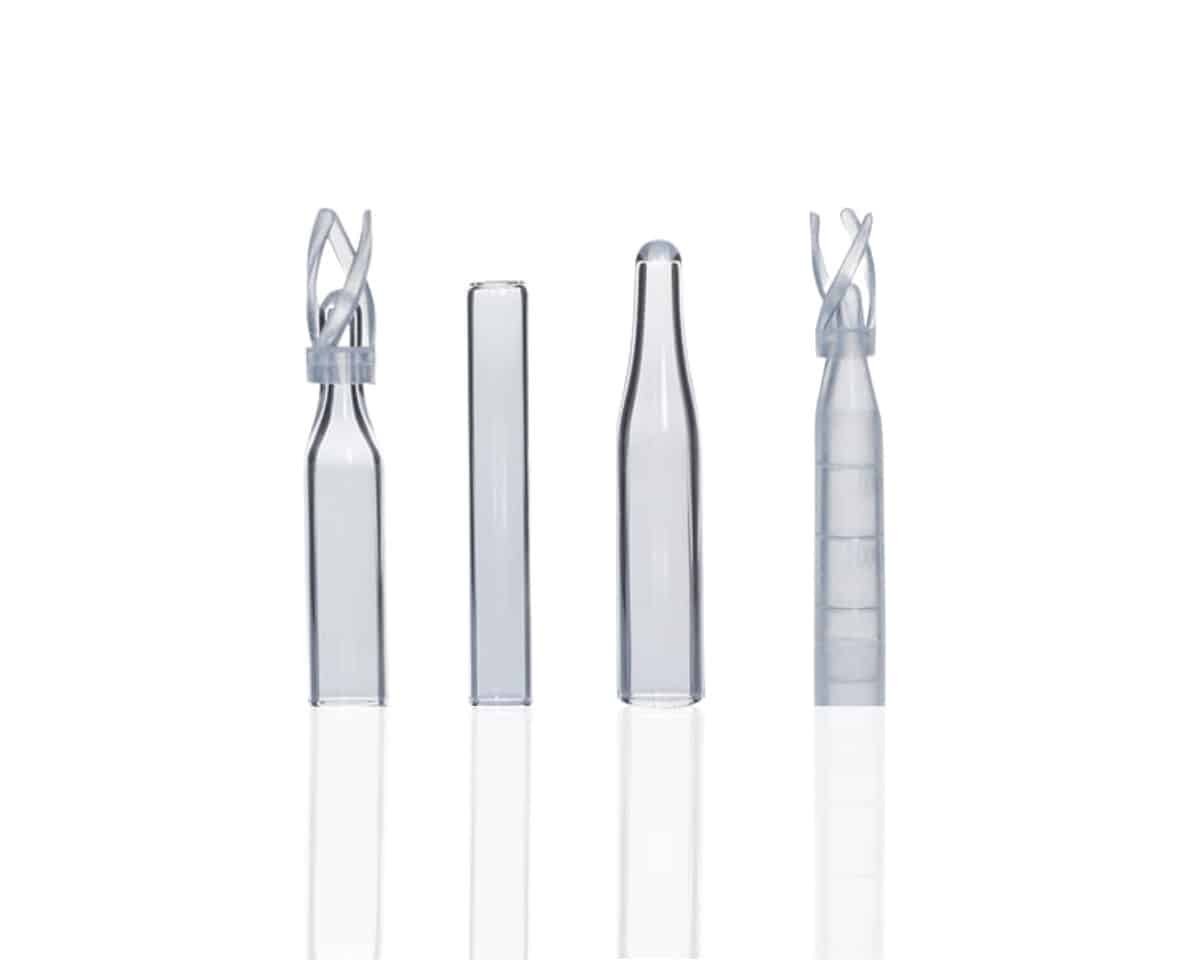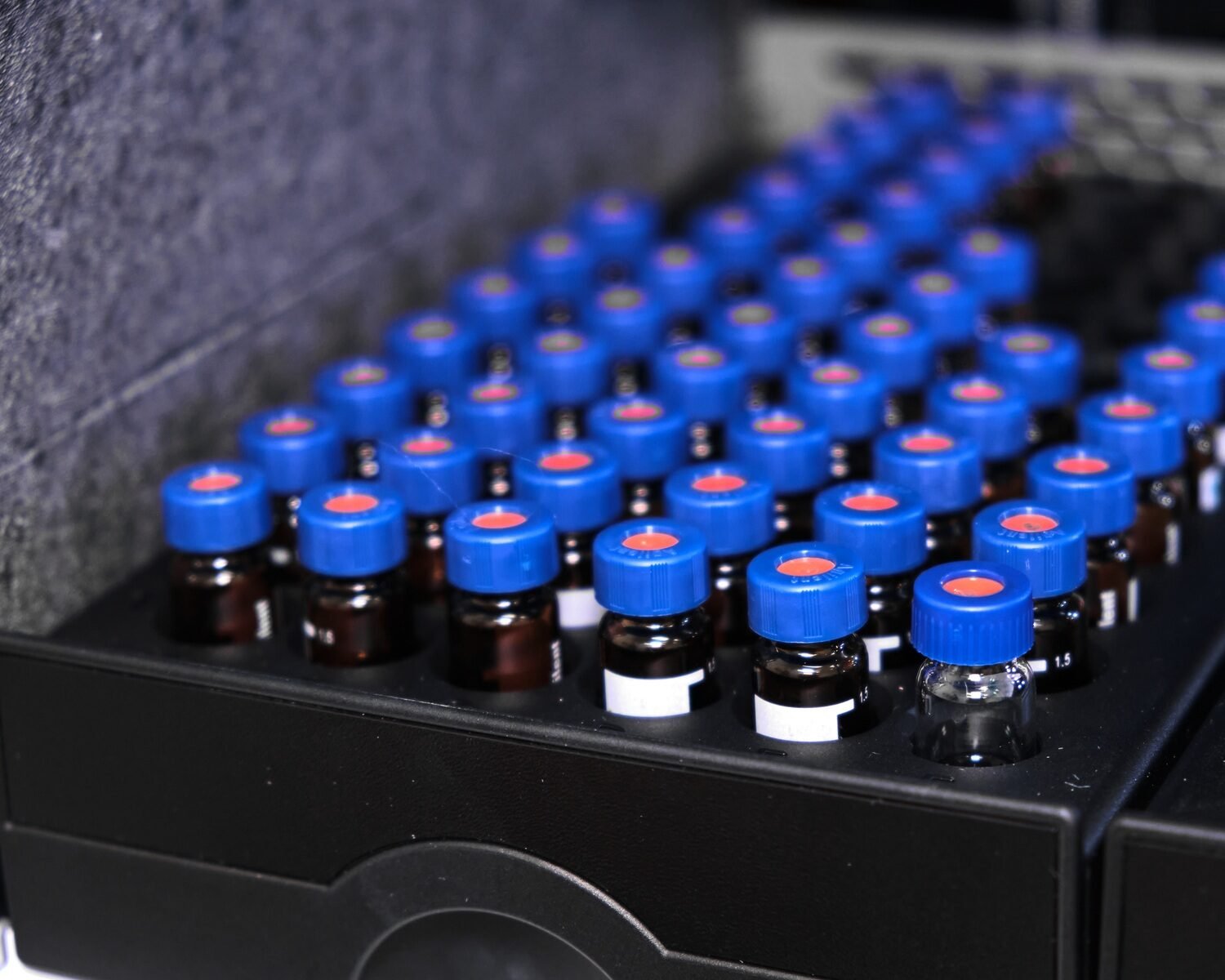

Ever wondered how many HPLC vials your lab goes through each month? It might seem like a simple question, but the answer can provide valuable insights into your lab’s efficiency and workflow. Let’s dive into the details and see what factors influence your HPLC vial consumption and how to manage it effectively.
The Importance of Tracking HPLC Vial Consumption
Understanding your lab’s HPLC vial consumption is crucial for several reasons. It helps in budgeting, ensures you have enough supplies, and can even highlight areas where you might be able to increase efficiency. Tracking your usage also helps in maintaining a smooth workflow, preventing any last-minute rushes to order more vials.
Budgeting and Cost Management
One of the primary reasons to track your HPLC vial consumption is cost management. Knowing how many vials you use each month allows you to budget more accurately and avoid unnecessary expenses. For example, if you notice a sudden spike in usage, it might be worth investigating to see if there’s a more cost-effective solution or if there was an error in handling the vials.
Ensuring Adequate Supply
Running out of HPLC vials can bring your lab work to a halt. By keeping track of your consumption, you can ensure that you always have enough vials on hand to meet your needs. This is particularly important for labs with high throughput, where any delay can significantly impact productivity.
Improving Efficiency
Tracking vial usage can also help you identify areas where you can improve efficiency. For instance, if you find that a lot of vials are being wasted due to breakage or contamination, you can implement better handling practices or switch to more durable vials.
Factors Influencing HPLC Vial Consumption
Several factors can influence how many HPLC vials your lab consumes each month. Understanding these factors can help you better manage your supply and ensure that you are using vials efficiently.
Volume of Work
The most obvious factor is the volume of work your lab handles. Labs with high sample throughput will naturally use more vials. This includes routine analysis, research projects, and any additional testing services your lab might offer.
Type of Analysis
The type of analysis you perform can also impact vial consumption. Some analyses may require multiple vials per sample, while others may only need one. For example, complex analytical methods might require different vials for various stages of the process, increasing overall usage.
Vial Quality
The quality of the vials you use can also affect consumption. Higher quality vials tend to be more durable and less prone to breakage, which can reduce the number of vials you need to use.
Mastelf offers autosampler vials that meet pharmaceutical-grade standards with low impurity peaks, making them the best choice for your analysis.
Sure, investing in high-quality vials might seem like a bigger expense at first, but trust me, it pays off in the long run by cutting down on waste and saving you money.

Lab Practices
Your lab’s handling and storage practices can significantly impact vial consumption. Proper handling techniques and adequate storage conditions can minimize breakage and contamination, ensuring that vials are used efficiently. Training your staff on the best practices can make a big difference in reducing unnecessary usage.
Estimating Your Lab’s HPLC Vial Consumption
So, how do you estimate your lab’s HPLC vial consumption? Here are some steps you can follow:
Monitor Usage Over Time
Start by monitoring your vial usage over a few months. Keep a log of how many vials are used each day or week and look for patterns. This will give you a baseline figure to work with and help you identify any anomalies or spikes in usage.
Consider Your Workload
Take into account the volume of work your lab handles. If you have seasonal variations in workload, such as increased sample analysis at certain times of the year, factor this into your estimates. Knowing when your busy periods are can help you plan your vial orders more effectively.
Assess Your Analysis Methods
Review the types of analysis you perform and how many vials each one requires. This can help you estimate how many vials you’ll need based on your workload. If you have multiple types of analyses, break down the usage by each type to get a more accurate estimate.
Evaluate Your Practices
Consider your lab’s handling and storage practices. Are vials being handled carefully to minimize breakage? Are they being stored properly to avoid contamination? Improving these practices can help reduce the number of vials you need to use.
Tips for Managing HPLC Vial Consumption
Once you have a good estimate of your lab’s HPLC vial consumption, there are several strategies you can use to manage it more effectively.
Order in Bulk
If you have a good estimate of your vial usage, consider ordering in bulk. This can save you money and ensure that you always have enough vials on hand. Many suppliers offer discounts for bulk orders, so it’s worth looking into.
Implement Inventory Management
Implement an inventory management system to keep track of your vial usage. This can be as simple as a spreadsheet or as complex as specialized inventory software. The key is to have a system that allows you to monitor your stock levels and usage patterns easily.
Train Your Staff
Ensure that all lab staff are trained on proper handling and storage techniques. This can help minimize breakage and contamination, reducing the number of vials you need to use. Regular training sessions can keep these practices fresh in everyone’s mind.
Review Your Supplier
Evaluate your current vial supplier and see if they offer the best quality and price for your needs. Sometimes, switching to a different supplier can provide better quality vials at a lower cost. Be sure to compare prices, quality, and delivery times before making a decision.
Conclusion
Understanding and managing your lab’s HPLC vial consumption is crucial for maintaining efficiency and controlling costs. By tracking your usage, considering the factors that influence consumption, and implementing effective management strategies, you can ensure that your lab runs smoothly and cost-effectively.
How many HPLC vials does your lab consume each month? By following these tips and strategies, you can find out and take control of your lab’s supply chain. Remember, a well-managed lab is an efficient lab!
Sources:
- Lab Manager Magazine: Importance of Inventory Management in Labs
- Journal of Chromatography: Best Practices for HPLC Vial Usage
- American Laboratory: Cost Management in Analytical Laboratories
Feel free to share your experiences and tips on managing HPLC vial consumption in your lab. Let’s keep the conversation going and help each other run more efficient and effective labs!











